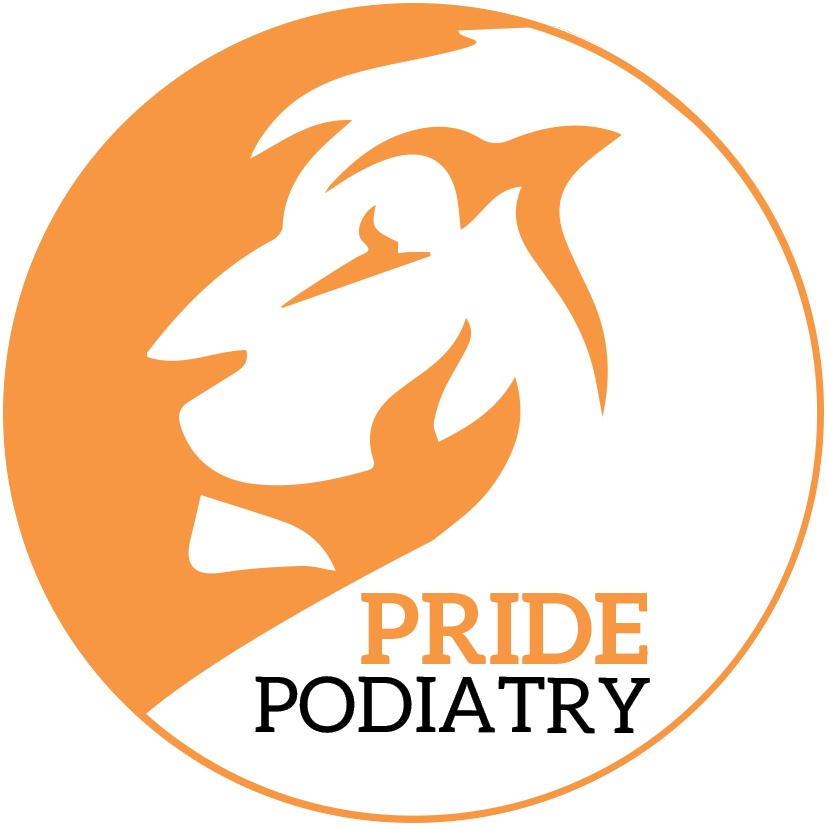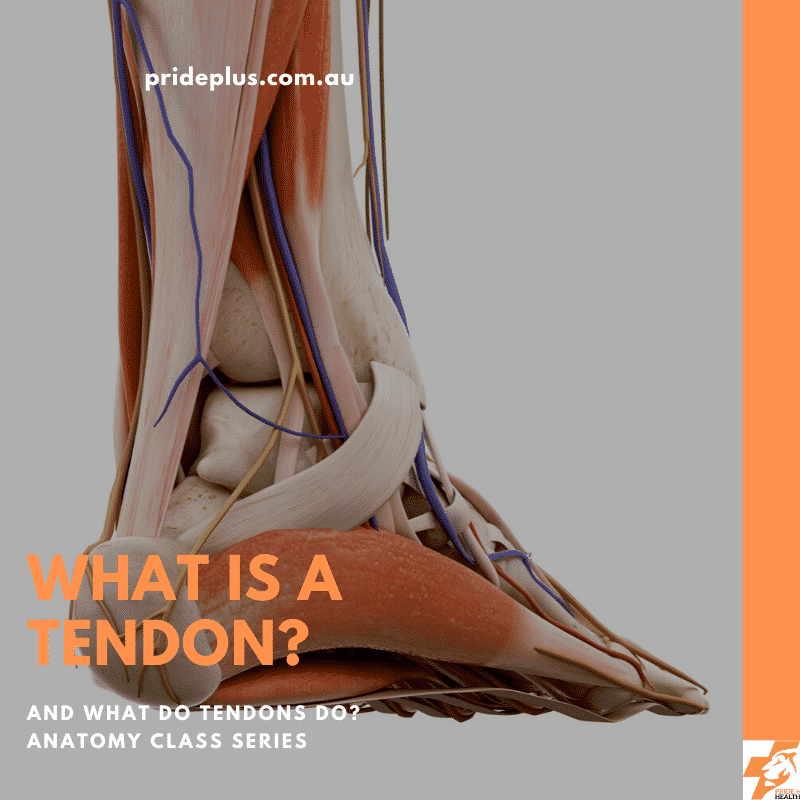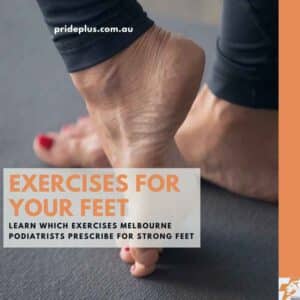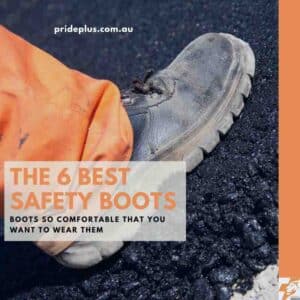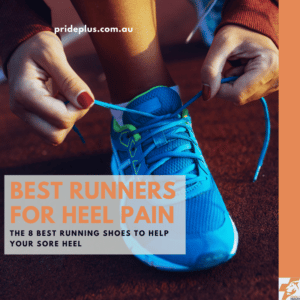What is a tendon and what do they do? This is the third piece in our Anatomy Class series. You can go back and read the previous two on Ligaments and Fascia. In the series we will take you through all the interesting tissues which make up our musculoskeletal system.
What Is A Tendon?
If our bones were a puppet and our muscles the puppeteer, our tendons are the strings which our muscles pull on to make us move.
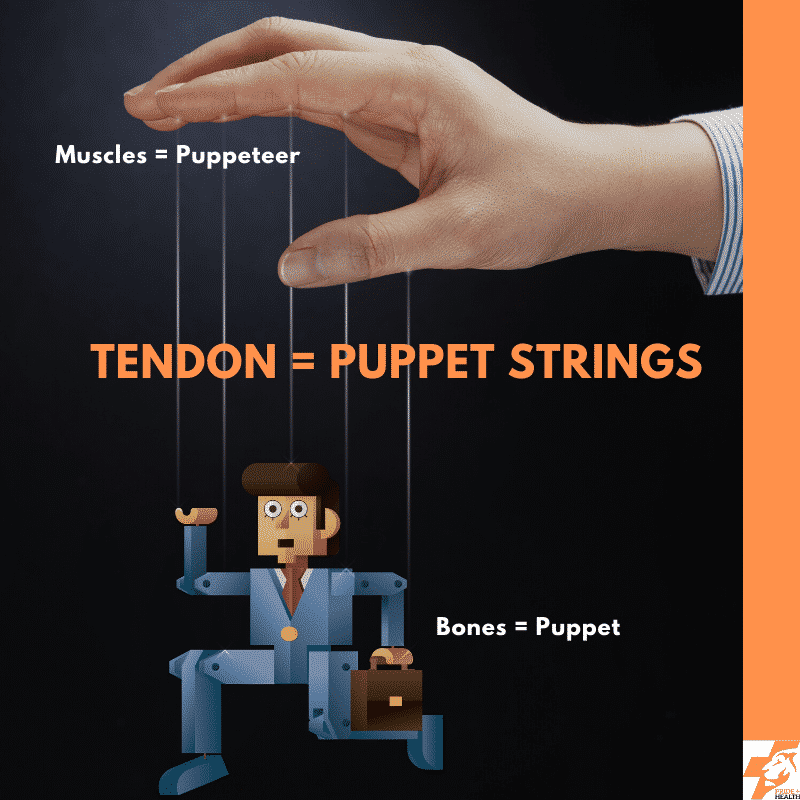
Tendons are the connections between our muscles and bones. We used to think of them as purely strong attachments but we now know so much more. Tendons have a fantastic energy storage capacity due to their cellular matrix which can change from being taut and highly “springy” to loose and relaxed consuming less energy at other times.
Due to their variable nature they can play a few different roles. They can be broad fastenings, think the way the tibialis posterior tendon attaches to multiple bones in the foot for a strong hold. Tendons can also link deep within muscles to transfer force from the muscle, to our bones, to the ground. A prime example of this is the tendon origin of the achilles into the soleus muscle in our calves.
What Do Tendons Do?
As covered previous tendons transfer force from our muscles to our bones. They can also store energy coming back from the ground or other external agents (think a cricket bat). This stored energy can be great for our efficiency.
When running if our lower limb tendons, in particular our achilles aren’t taut then when the ground pushes back on us we lose some of that energy by making our muscles have to counter this force. Also when we then go to push off, if the achilles isn’t springy and tight we have to work harder to pick ourselves up rather than spring ourselves forward.
This can be clearly seen when someone tries to run with an achilles tendon injury, a marked limp will be noted on that side, even if it’s only the achilles tendon injured, and if it’s not actually painful at the time. What is happening here is all of our energy hungry muscles in that side are having to contract more to try to tighten up that leg to allow it to spring forwards and failing. Hence the limp.
Why Are Tendons Important?
Imagine a body with no tendons.
If our muscles had to attach directly to our bones they would lose their grip immediately as they do not have the ability to hold fast. We’d also be highly inefficient, requiring masses of fuel to contract all our muscles and move without getting the free energy storage and return our tendons offer us.
And don’t get me started on our feet.
The main muscles which move our feet are up in our calves and their tendon attachments are the only parts around the narrowing of our ankles. If this had to be muscle as well we would all have the biggest cankles as our calves would have to reach our arches. Wild!
I’ll keep my tendons thank-you.
What Happens When We Injure Our Tendons?
Tendons are so vital and hardworking they can often become sore. The cellular matrix of tendons evolved to be fantastic at tolerating tensile (pulling) loads but much poorer at handling compressive (pushing or twisting) loads.
Like all tissues in our body, too much load, particularly a load our tendons don’t like can lead to pain and pathology. When this happens, it’s now called tendinopathy whereas in the past it was called tendinitis. You’ve probably heard of various types of tendinopathy due to their prevalence, maybe even by another name?
- Patella tendinopathy is an incredibly common type of knee pain, sometimes called runners knee or jumpers knee.
- Tennis elbow is a form of extensor tendinopathy or lateral epicondylitis
When our tendons are damaged and sore it usually takes a while before the symptoms become as severe as other tissues. Our bones are highly vascular and innervated so when they start to get sore – they tell you about it. They really hurt!
Seeing as tendons are primarily avascular (without a direct blood supply) and less highly innervated it can take a while for pathology to build up before they start to get sore.
There’s also a pattern to tendon pain that is quite unique.
When overworked tendons often get sore in the morning or after periods of rest. They then tend to “warm up” a little and pain might even drop to 0 out of 10 whilst maintaining activity. Rest up and go again? Your tendons will tell you about it.
If at a severe stage of tendinopathy they might not warm up at all.
How Do We Treat Tendinopathy?
Treating damaged tendons is all about avoiding the pathological loading (ie: reducing the compressive load they don’t like) and building their capacity with loads they do like.
The process of taking a damaged and sore tendon with thick, messy or even breaks in it, back to being pain free is very different from other tissues. Our body isn’t great at repairing those damaged areas in the same way we repair bones and muscles. What we aim to do is build more quality, stretchy and viable tendon next to the damaged areas to do all of the work.
And we do this with exercise. Resistance exercise.
There are numerous debates about the right type of resistance exercise for damaged tendons. Do you just do isometrics? When do you bring in concentrics? Is it all about the eccentric loading?
What works best for each tendinopathy and each person is slightly different.
A progression in loading that keeps working the tendon primarily with a heavy slow load through a comfortable range is needed. This load is related to the size of the tendon. A big lower limb tendon like the achilles is going to take much more than a finger tendon!
This might be a heavy load through no range for an acutely sore lower limb tendon. Or it could be squeezing a silicon putty in your hands for your forearm tendons.
It really depends on the person, the tendon and what your goals are.
What Can I Do For My Tendinopathy At Home?
It’s important to have a thorough assessment by a professional to work out what loading has contributed to your damaged tendon. Then how you can alter it. If the compressive loading within your achilles is too great due to the twisting of your ankle when you walk then it’s going to be a nearly impossible task to rehab that tendon without addressing that compression via a podiatrists intervention like shoe changes or orthotics.
Once you can alter the pathological loading the rehab becomes easy. Almost all of the improvements to tendinopathy can be made at home with home based exercises.
Using body weight, free weights, exercise bands and heavy objects at home you can structure a progressive loading program to rehab your damaged tendons.
From The Author
I hope you’ve found this post a useful introduction to the tendons in our bodies. If you’ve found this helpful and know someone else who has struggled with tendinopathy problems please share it.
But if you have pain that you suspect is related to a damaged tendon then you can book in with our physiotherapists (for your above the knee problems) or our podiatrists (for your below the knee problems).
